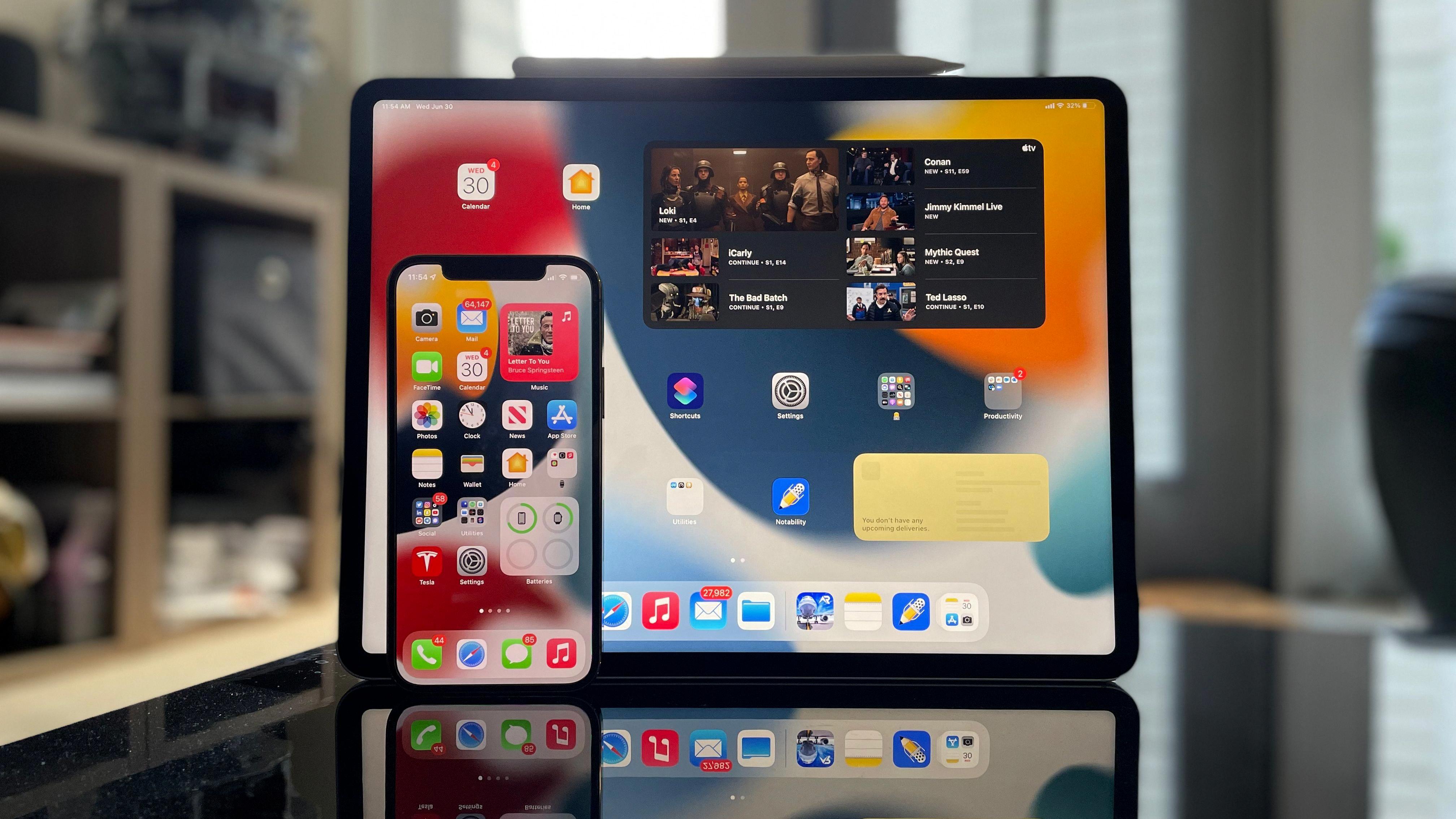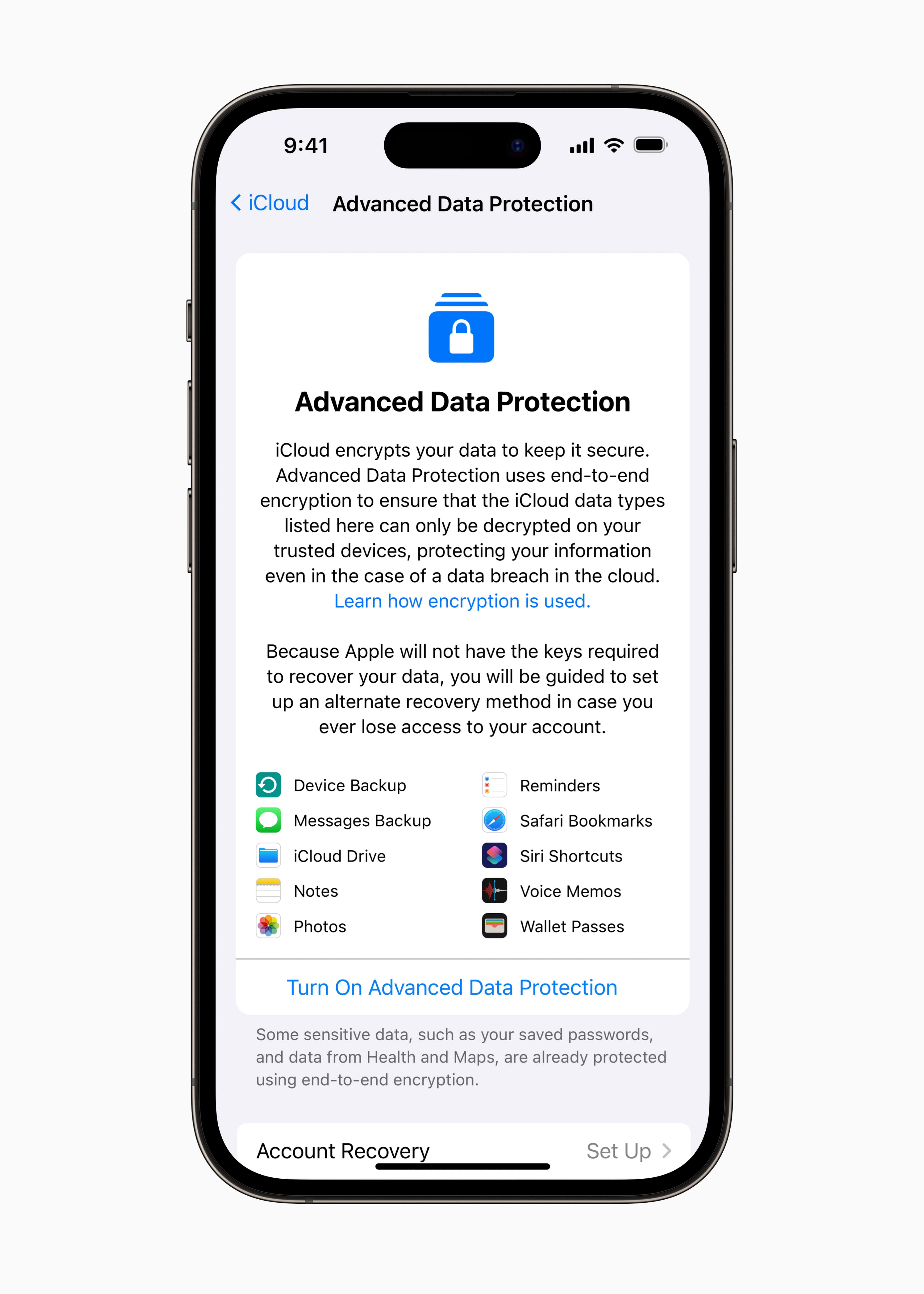IOS 15 is the latest operating system for Apple devices, and it comes with a range of exciting new features and improvements. One of the popular features in iOS 15 is FaceTime, which allows users to make video and audio calls with friends, family, and colleagues. However, some users may encounter issues with FaceTime, such as the screen going black or not being able to access the FaceTime app. In this article, we will explore how to get back to the FaceTime screen on iOS 15.
If you find that the FaceTime screen is black or unresponsive, there are a few possible causes for this issue. Firstly, check if the camera is off or disabled. To do this, go to the Settings app on your iPhone and navigate to FaceTime. Ensure that the FaceTime switch is turned on. If it’s already on, try turning it off and then back on again to refresh the settings.
Another possible cause of a black screen on FaceTime is a malfunctioning camera. To troubleshoot this issue, you can try using the camera in other apps, such as the Camera app or a third-party video calling app. If the camera works fine in other apps, then the issue may be specific to FaceTime. In this case, you can try restarting your iPhone or updating to the latest version of iOS to see if it resolves the problem.
Sometimes, the camera may be in use by another app, causing FaceTime to display a black screen. To fix this, close any apps that might be using the camera, such as Snapchat or Instagram, and then try using FaceTime again.
If none of the above solutions work, it’s possible that something is obstructing the camera lens. Check for any dirt, smudges, or obstructions on the camera lens and clean it gently with a soft cloth. Additionally, make sure there are no physical damages to the camera itself.
Now, let’s discuss how to get back to the FaceTime screen on iOS 15. On your iPhone’s Home screen, locate and tap on the Settings app. Then, scroll down and tap on FaceTime. You will see a switch next to FaceTime – make sure it is turned on. If it’s already on, toggle it off and then back on again to refresh the settings.
Once FaceTime is enabled, you can access it from your Home screen. Simply locate the FaceTime app, which is represented by a green video camera icon, and tap on it to open the app. From there, you can make video or audio calls with your contacts who also have FaceTime enabled on their devices.
FaceTime is a popular feature in iOS 15 that allows users to make video and audio calls. If you experience a black screen or have trouble accessing the FaceTime app, you can try enabling FaceTime in the Settings app and ensuring that the camera is not blocked or malfunctioning. By following these steps, you should be able to get back to the FaceTime screen on iOS 15 and enjoy seamless video and audio calls.
How Do You Get FaceTime Back On Your Screen?
To get FaceTime back on your screen, you can follow the steps below:
1. Unlock your iPhone and go to the Home screen.
2. Swipe left to access the App Library, if needed.
3. Look for the Settings app and tap on it to open it.
4. Once you’re in the Settings app, scroll down and look for the FaceTime option. Tap on it.
5. In the FaceTime settings, you’ll see a switch to turn FaceTime on or off. Tap on the switch to toggle it on or off according to your preference.
6. After you’ve turned on FaceTime, exit the Settings app and return to your Home screen.
7. FaceTime should now be available on your screen. You can find it either on your main Home screen or in your App Library.
If you can’t find the FaceTime app on your iPhone even after turning it on in the settings, it’s possible that it is hidden or restricted. In such cases, you may need to check your device’s restrictions settings or contact your device administrator for assistance.

How Do You FaceTime On iOS 15?
To initiate a FaceTime call on iOS 15, follow these steps:
1. Open the FaceTime app on your iPhone or iPad running iOS 15.
2. At the bottom of the screen, you will find the “Create Link” button. Tap on it.
3. A new screen will appear, displaying a FaceTime Link. This link will allow non-iOS users to join your FaceTime call.
4. To invite Android or Windows users, you have several options. You can share the link via text message, email, Twitter, calendar, or any other apps available on your device.
5. Choose the desired option by tapping on the corresponding icon.
6. If you select text message, for example, a new message will open with the FaceTime Link already included. Simply add the recipients and send it.
7. The recipients can click on the FaceTime Link from their Android or Windows devices to join the call in their web browser.
8. Once they click the link, they will be redirected to a web page where they can enter their name and join the FaceTime call.
9. As the initiator, you can start the FaceTime call by tapping on the “Start Call” button in the FaceTime app on your iOS device.
10. You can also use FaceTime on iOS 15 with other iOS users by selecting their contact from the FaceTime app and tapping on the video or audio call button.
By following these steps, you can easily initiate a FaceTime call on iOS 15 and include Android or Windows users in the conversation.
Why is Your FaceTime Screen Not Showing?
There could be several reasons why your FaceTime screen is not showing or appears black. Some possible causes include:
1. Camera is off or disabled: Check if your camera is turned on or if it has been disabled in the FaceTime settings. To do this, go to Settings > FaceTime > Camera and make sure it is set to “on.”
2. Camera isn’t working: If the camera on your device is not functioning properly, it may result in a black screen during FaceTime calls. Test the camera by opening the Camera app and see if it works. If not, you may need to troubleshoot or repair the camera.
3. Camera is in use by another app: If another app is using the camera, it may prevent FaceTime from accessing it. Close any other apps that may be using the camera, such as video recording apps or other video calling apps.
4. Something is obstructing the camera lens: Ensure that there is nothing obstructing the camera lens, such as a protective case or a piece of dirt or debris. Clean the lens carefully with a soft cloth to remove any smudges or dirt.
5. Internet connection issues: A poor or unstable internet connection can also cause FaceTime screen issues. Make sure you have a stable internet connection and try reconnecting to FaceTime.
6. Software or system issues: Sometimes, software glitches or system updates can cause problems with FaceTime. Ensure that your device has the latest software updates installed. If the issue persists, you can try restarting your device or resetting the FaceTime settings.
Remember, these are general troubleshooting steps, and the exact cause of the black screen on FaceTime may vary depending on your device and specific circumstances.
Why Can’t You See Yourself On FaceTime iOS 15?
There could be several reasons why you can’t see yourself on FaceTime in iOS 15. Here are some possible causes and troubleshooting steps to resolve the issue:
1. Check camera access: Ensure that FaceTime has access to your iPhone’s camera. To do this, go to Settings > FaceTime > Camera, and make sure the option is set to “Allow FaceTime.”
2. Check camera restrictions: If you have enabled restrictions on your device, it’s possible that the camera access for FaceTime has been restricted. Go to Settings > Screen Time > Content & Privacy Restrictions > Allowed Apps, and make sure FaceTime is allowed.
3. Restart FaceTime: Close the FaceTime app completely by swiping up from the bottom of the screen (or double-clicking the home button on older iPhones) and swiping up on the FaceTime app preview. Then, relaunch FaceTime and check if you can see yourself.
4. Restart your iPhone: A simple restart can often resolve various software issues. Press and hold the power button until the “slide to power off” slider appears. Slide it to turn off your iPhone, then press and hold the power button again until the Apple logo appears to turn it back on.
5. Update iOS: Make sure your iPhone is running the latest version of iOS. Go to Settings > General > Software Update and check for any available updates. If an update is available, download and install it.
6. Reset FaceTime settings: If none of the above steps work, you can try resetting FaceTime settings. Go to Settings > FaceTime > Reset and tap on “Reset FaceTime Settings.” This will reset FaceTime to its default settings, but keep in mind that you’ll need to set up FaceTime again.
7. Contact Apple Support: If the issue still persists, it’s best to reach out to Apple Support for further assistance. They can provide more specific troubleshooting steps or suggest any necessary repairs.
Remember, these troubleshooting steps are general suggestions, and the exact steps may vary based on your specific iPhone model and iOS version.
Conclusion
IOS 15 brings a range of exciting new features and improvements to enhance the user experience on Apple devices. From enhanced FaceTime capabilities, including the ability to schedule calls and share links with Android and Windows users, to the introduction of SharePlay for seamless media sharing during video calls, iOS 15 takes communication to new heights.
Additionally, iOS 15 introduces Focus mode, allowing users to customize their device settings based on different activities or time periods, ensuring they stay focused and minimize distractions. The redesigned Notifications experience provides greater organization and prioritization, making it easier for users to stay on top of important alerts.
The redesigned Maps app in iOS 15 offers improved navigation features, including detailed 3D maps and enhanced transit directions, while the new Live Text feature allows users to extract text from images and make it easily searchable.
Privacy continues to be a top priority in iOS 15, with the introduction of Mail Privacy Protection to prevent senders from knowing when an email has been opened, as well as enhanced App Privacy Reports to provide users with more visibility into how apps are using their data.
With the new Weather app, users can experience more immersive and dynamic weather displays, and the redesigned Safari browser offers a more streamlined and customizable browsing experience.
IOS 15 brings a host of new features and improvements that enhance communication, productivity, privacy, and the overall user experience on Apple devices. Whether it’s connecting with loved ones through FaceTime, staying focused with the new Focus mode, or enjoying enhanced navigation with Maps, iOS 15 offers something for everyone.








